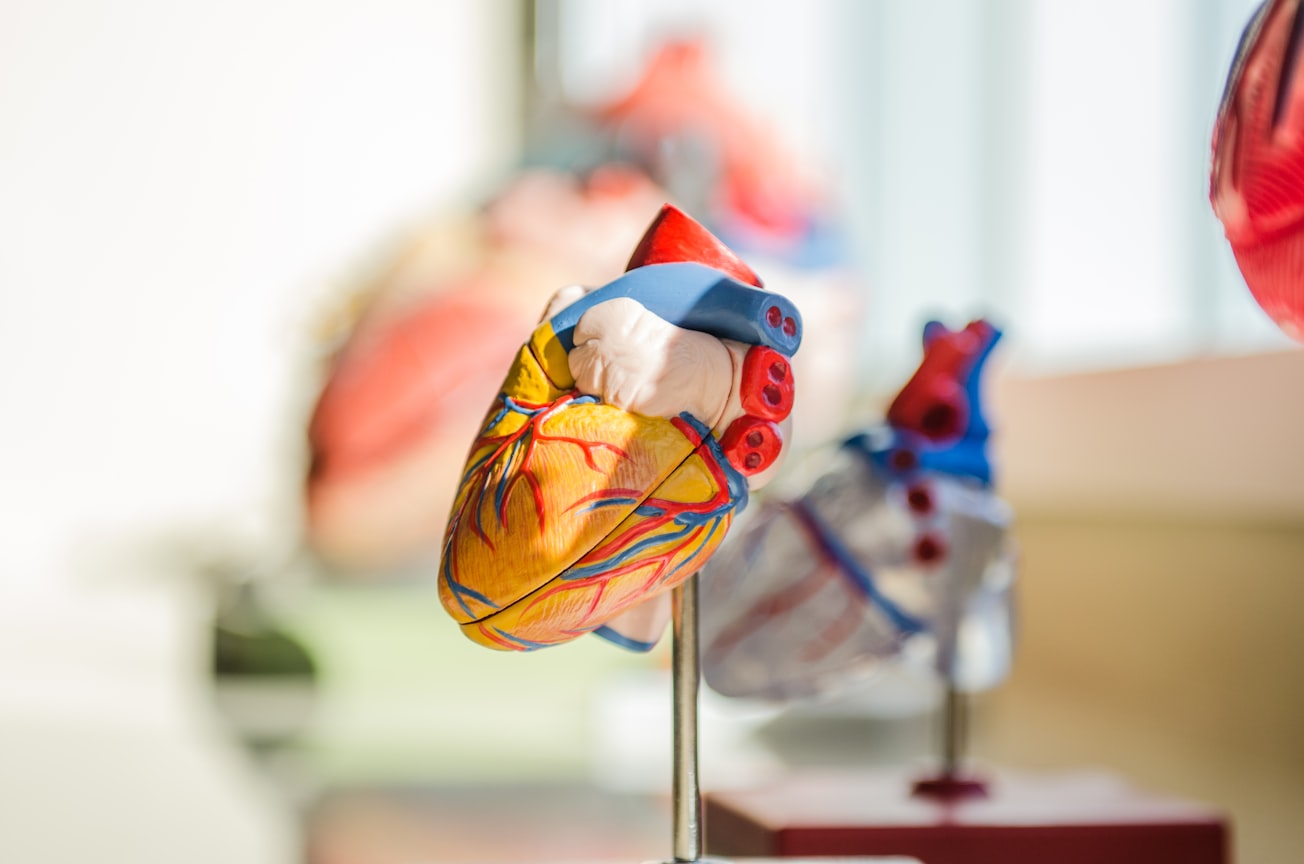What is it about?
After acquiring a sufficiently high viral load in the upper cavity, SARS-CoV-2 infects the goblet and ciliated cells in charge of sputum expectoration. The diffusion through the mucous layer allows the ease of infection of alveolar epithelial type II cells and systemic organs that express ACE2. The resulting illness, named coronavirus disease 2019 (COVID-19), is multifaceted and unpredictable and can manifest with early smell disorders in over 80% of cases or result in the most severe conditions like sepsis-like shock or respiratory failure in 14% of cases. Globally, it has been observed that 1 in 16 patients has encountered fatal consequences (WHO situation report 132, May–June 2020), and several infected patients were old and malnourished. Importantly, epidemiological data have been shown that preexisting cardiovascular conditions could be another central virulence factor for disease progression. In addition, clinical findings showed that not a few numbers of COVID-19 patients encounter several implications of cardiological nature, including hypoxemia, sustained activation of the endothelium, nonischemic injuries, leukocyte polarization, thrombi-derived ischemic damages, dysrhythmias, and autonomic dysfunctions.
Featured Image

Photo by jesse orrico on Unsplash
Why is it important?
Since each structure and function of the cardiovascular system shows severe implications, it is crucial to discuss from a cardiological perspective the relationship between SARS-CoV-2 infection and the cardiovascular system in order to shed some light on the mechanisms that can lead to cardiac symptoms or fatal consequences in COVID-19 patients.
Perspectives
Tailored treatment for reduced ejection fraction, arrhythmias, coronary syndromes, macrothrombosis and microthrombosis, and autonomic dysfunctions is mandatory. Confidently, evidence-based therapies for this multifaceted nevertheless purely cardiological COVID-19 will emerge after the global assessment of different approaches.
Dr. M. Briguglio
IRCCS Ospedale Galeazzi - Sant'Ambrogio
Read the Original
This page is a summary of: SARS-CoV-2 Aiming for the Heart: A Multicenter Italian Perspective About Cardiovascular Issues in COVID-19, Frontiers in Physiology, November 2020, Frontiers,
DOI: 10.3389/fphys.2020.571367.
You can read the full text:
Resources
Sistema cardiovascolare e Covid-19: uno studio del Galeazzi presenta le implicazioni
Le malattie cardiovascolari rappresentano non solo un fattore di rischio, ma anche una comune complicanza nel COVID-19. Lo rivela uno studio del Galeazzi.
The sniffing problems after SARS-CoV-2 infection
Strong evidence supports the notion that respiratory viruses are neurotropic and can access the central nervous system via peripheral nerves, including the olfactory bulb.
Original study article
This is the paper that reported the original published article.
Contributors
The following have contributed to this page







